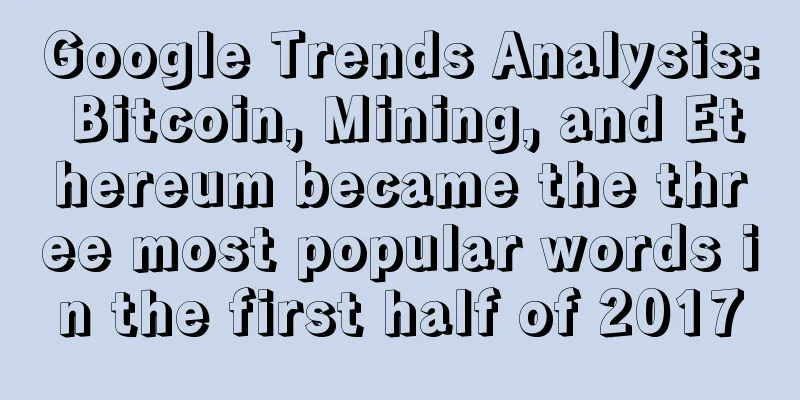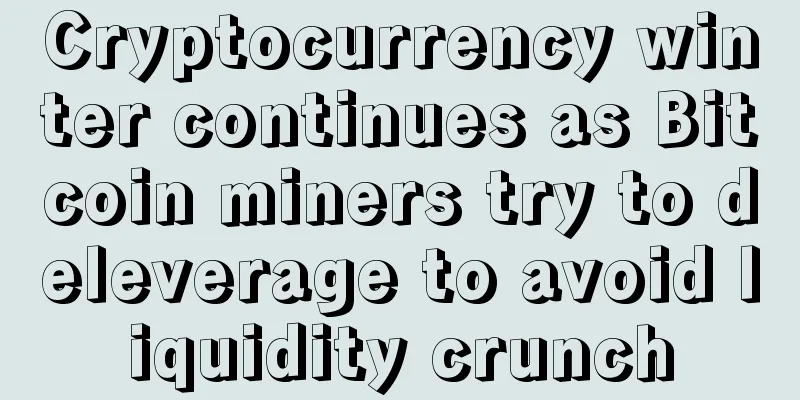Detailed explanation of Conflux's latest upgrade: Conflux eSpace

|
In February 2022, Conflux introduced a new EVM-compatible space called Conflux eSpace in its Hydra hard fork. What is Conflux eSpace? How to use it? Today we will explain Conflux eSpace in detail. Why is EVM compatibility needed? Ethereum has a large user base and developer ecosystem. While it is not a clearly defined concept, people often say that a blockchain system is "EVM-compatible" if you can interact with it as if you were interacting with Ethereum. If a blockchain offers the same standard API as Ethereum, then existing tools such as MetaMask and Hardhat will support it without any additional development work. Since its founding in 2018, Conflux has been working hard to maintain EVM compatibility. Any smart contract that works on Ethereum can be directly deployed on Conflux with no or minimal modifications. However, Conflux Tethys (the version before the Conflux Hydra upgrade) is incompatible with Ethereum in terms of address format, transaction data structure, and API. This means there is no easy way to get tools like MetaMask to run on Tethys. Conflux uses CIP-37 base32 checksum addresses, while Ethereum uses EIP-55 mixed case checksum hexadecimal addresses. Comparing the two, you can see the difference: By supporting existing Ethereum tools, the entry barrier for users and developers can be lowered. For this reason, Conflux Hydra introduces a new EVM-compatible space called eSpace . What are the two “Spaces”?Conflux Hydra has two spaces: Core Space and eSpace. Essentially, these are two different smart contract execution environments. Conflux Core is owned by Conflux Tethys, while Conflux eSpace is a new EVM-compatible space. However, Core Space and eSpace are not two blockchains: both spaces reside on the Tree-Graph ledger. Think of these two spaces like this: We have a distributed ledger - the tree graph, which now contains Conflux and EVM transactions. This ledger can be viewed from two different perspectives.
In this way, both Core Space and eSpace provide the same advanced security, guaranteed by Conflux Hydra’s hybrid PoW+PoS consensus mechanism. As a design decision, the two spaces are separated and cannot directly affect each other. Core Space and eSpace are like two parallel dimensions.
It is important to note that transactions cannot be sent directly from a Metamask wallet to a Core Space wallet because Metamask cannot resolve CIP-37 addresses. However, there is a way to move assets between Core Space and eSpace: Cross-space bridge . The Cross-Space Bridge allows users to move assets (CFX, CRC20/ERC20, NFT) back and forth between Core Space and eSpace. If you have used any cross-chain technology before, such as ShuttleFlow, this may sound familiar. However, this time we are transferring assets between two spaces on the same ledger. Cross-Space operations are atomic, decentralized, and provide the same security guarantees as any other Conflux transaction. Wallet interaction between Core Space and eSpace How to use?To start using Conflux Core, just install Fluent Wallet. To use Conflux eSpace, install MetaMask, then visit chainlist.org, search for Conflux eSpace, and click “Add to MetaMask”. If you already have assets in Conflux Core, you can use the cross-space bridge Fluent Wallet to transfer them to eSpace. Alternatively, you can use multichain.org or meson.fi to directly move assets from other chains to eSpace. In addition, cBridge, a cross-chain payment network launched by Celer Network, recently announced a partnership with Conflux to achieve bridge support for Conflux eSpace. The two parties will also achieve multi-chain expansion by establishing open native asset standards. Users can now use cBridge to conduct high-speed and low-cost cross-chain transfers of USDT, USDC, DAI, ETH, and WBTC between Ethereum and Conflux. |
<<: Ethereum will undergo a dramatic change after switching to POS. Big whales are buying like crazy
>>: Filecoin Ecosystem Overview
Recommend
What are the characteristics of a noble person’s face?
A noble person is very important for a person'...
If a person born under the element of Chaichuanjin has four white eyes, what is his fortune and personality like?
A lot can be seen from a person's face, espec...
What does it mean when the chin is tilted up?
For women, we can see from their chins that in fa...
Six faces of poverty
Can a person's face tell about his fortune? H...
How to tell if your partner is wealthy
On the road to making money, we all urgently need...
Revealing the secret of what kind of woman's face can bring good luck to your husband
You can tell a person's luck and future bless...
Face recognition (eyes, nose, mouth)
Physiognomy is the art of predicting fortune or m...
Analysis of the facial features of women with big noses
As one of the traditional physiognomy techniques, ...
Several aspects of not knowing how to take advantage of opportunities
There are many times when opportunities are right...
What are the facial features of an excellent man? What kind of man is good?
A person's facial features can reflect a lot ...
These people who demand perfection like to find faults in everything.
Some people have very high demands on themselves ...
Girl with two lines of wisdom
Everyone must know that the lines in our palms ar...
Knowing one's fate by looking at one's face - good and bad fortune come from one's own actions
When people are in good times and prosperous, the...
The face of a woman who is not destined to be with a rich man
The face of a woman who is not destined to be wit...
How to choose the right girlfriend
How to choose the right girlfriend Choosing a gir...









